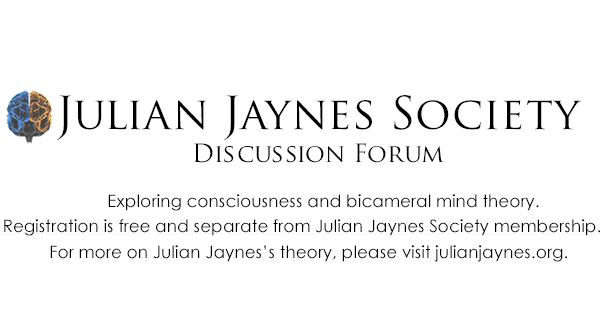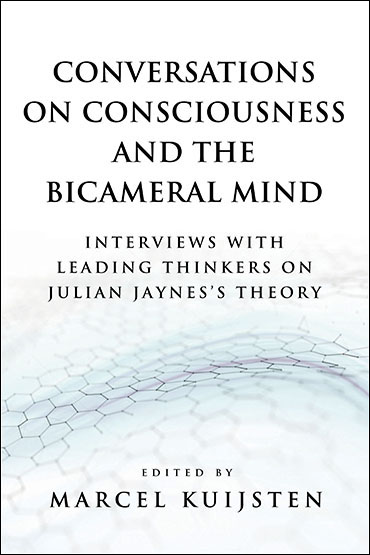Consciousness is being tasked with too many things, making it more mysterious than it has to be (and one can’t help but suspect that some like it that way, giving them an excuse to engage in mysticism dressed up as science). Commentators might as well use "psychological processes," "mind," "mentation" or other imprecise and vague terms in place of consciousness, which is employed as a grab bag for topics that haven't found a secure home in establishment psychology.
The problem is that the English word “consciousness” is polysemantic and used to describe phenomena that are quite different and diverse. Definitions of consciousness not related to the Jaynesian understanding but often confused and conflated with it include: (1) perceptual reactivity; experiencing something through the senses; (2) cognition, thinking, reasoning, judgment; (3) awake; not dulled by sleep, faintness, or stupor; (4) a mental state contrasted with being in a coma (one last definition may be mentioned: “Consciousness” may also mean a heightened awareness or concern for some social or political cause, as in “raising one’s consciousness” in the ideological sense). These very different definitions of consciousness are of course implicated in and somehow related to Jaynesian consciousness, so it can be difficult to disentangle them. However, for the sake of scientific analysis, it is imperative to separate them out for a richer and more informative perspective on human psychology (the same way we break down a substance into its chemical composition) (see Image/Figure below).
Perceptual processes, wakefulness, and being comatose (examples of non-Jaynesian consciousness) can be measured as neurophysiological events. But Jaynesian consciousness is as of yet not amenable to the tools that assess these bodily processes. Like all psychological events, Jaynesian consciousness is grounded in and generated by neurology. However, as something psycho-ideational—i.e., cultivated by culture and shaped by social forces—measuring Jaynesian consciousness is more similar to assessing another’s political concepts, religious notions, or other beliefs that defy reductive, laboratory quantification. The appropriate “tools” to study the emergence and nature of Jaynesian consciousness are cultural beliefs about mind, linguistics, metaphors, history, literature, and art. Most mainstream and conventional psychologists simply do not know what to make of all this.
Jaynesian Consciousness: The Qualia of Subjective Inwardness
Jaynes’s key contribution, often overlooked, was to isolate, identify, and delineate a psychological phenomenon that exists in its own right (i.e., Jaynesian consciousness). But so much confusion surrounds what Jaynes meant by the word “consciousness” that one wonders if another expression might be warranted. For instance, the wordy “subjective introspectable self-awareness” highlights the facets of inward qualia that characterize Jaynesian consciousness. “Conscious interiority” is another attempt to underline how Jaynesian consciousness is qualitatively apperceived as something “inside” the individual; the “interiority” component indicates a highly personal psychoscape or self-contained introcosm full of quasi-perceptual experiences.
Jaynesian consciousness becomes easier to grasp if we appreciate how it is a composite of related but differing features or functions: (1) mental space; (2) introception (mental imagery); (3) “I” (observing or subject–self); (4) “me” (observed or object–self); (5) self-narratization; (6) excerption; (7) consilience; (8) concentration; (9) suppression; (10) self-authorization; (11) self-autonomy; (12) and self-reflexivity.


